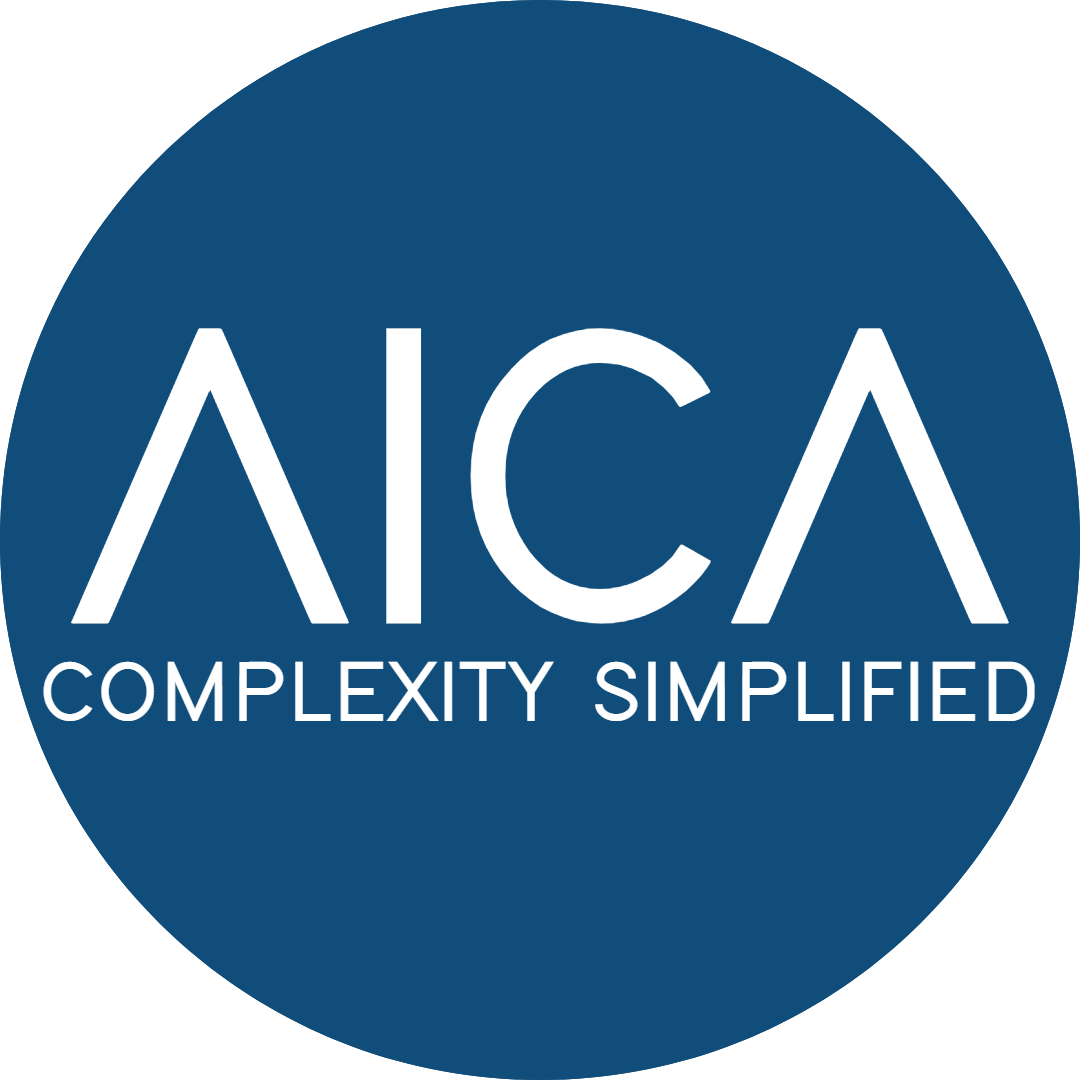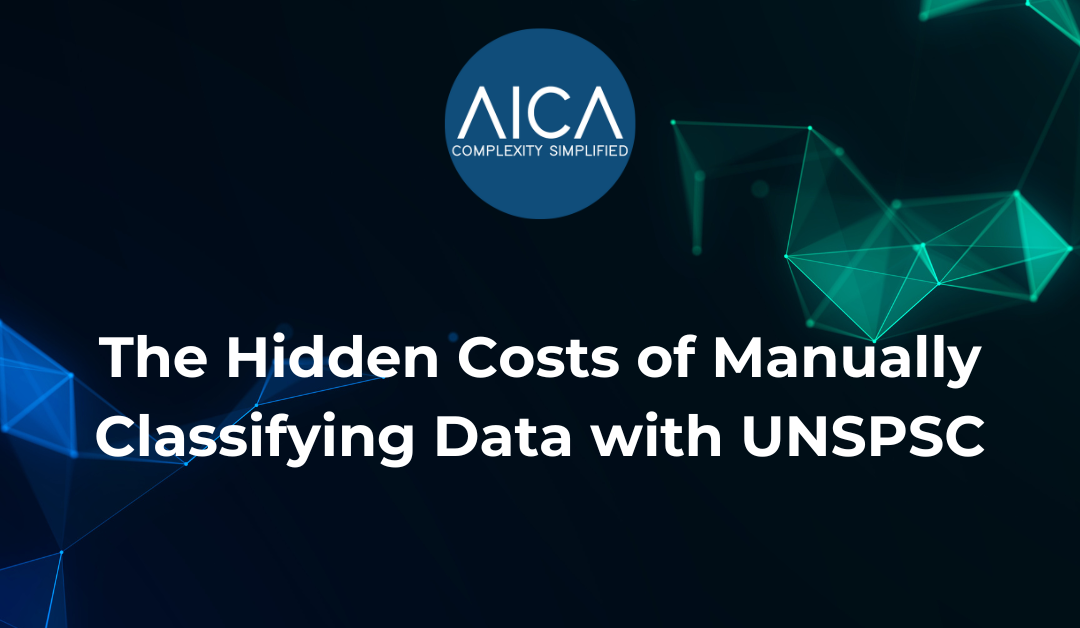Automation and AI are driving efficiency across industries, yet many organisations still rely on manual methods to classify product and service data using the United Nations Standard Products and Services Code (UNSPSC). While UNSPSC is a globally recognised taxonomy that supports procurement, compliance, and spend visibility, manually applying it to large datasets introduces serious challenges, many of which hinder accuracy, scalability, and cost-efficiency.
This article explores the core problems with manual UNSPSC classification and explains why intelligent automation is essential for organisations managing thousands, or millions of product records.
1. High Error Rates from Human Input
Manual classification is inherently prone to error. Classifiers often rely on incomplete or inconsistent product descriptions, leading to incorrect categorisation. Even experienced cataloguers can misinterpret complex product names or apply overly broad codes. These mistakes compromise procurement accuracy, inflate duplicate records, and affect compliance reporting.
Example: A valve listed without key specifications may be misclassified under a generic category, making it difficult to track or compare with similar parts.
2. Inconsistency Across Teams and Systems
Without automation, classification outcomes vary significantly between teams, departments, and external vendors. This inconsistency results in the same product being assigned different codes, reducing trust in spend data and making consolidation across business units nearly impossible.
Example: “Safety Gloves” could be classified under multiple UNSPSC codes depending on whether the focus is on personal protective equipment or general apparel.
3. Time and Resource Intensive
Classifying product and service data manually requires significant time—especially during large ERP migrations or MDM cleanups. Internal teams or external data cataloguers can only process a limited number of items per day, slowing down strategic initiatives like ERP go-lives, procurement transformations, or compliance audits.
4. Lack of Scalability for Growing Product Catalogs
As businesses expand their supplier networks and add more SKUs, manual classification becomes unsustainable. Adding or updating codes for thousands of records is a repetitive, expensive process, especially when using spreadsheets or legacy tools without AI support.
5. Inability to Detect Duplicates or Contextual Errors
Manual processes often overlook semantic variations in item descriptions, resulting in undetected duplicates or incorrect classifications. Without intelligent models, it’s difficult to recognise that “Industrial Safety Mask Type N95” and “N-95 Respirator” refer to the same item and should share the same classification.
6. Missed Opportunities in Spend Analysis and Procurement
Incorrect or inconsistent classifications degrade the quality of spend analysis reports. This leads to poor visibility into supplier performance, missed opportunities for bulk procurement, and fragmented sourcing strategies. Clean, standardised UNSPSC data is critical to uncovering real insights.
How AICA Solves These Challenges with Agentic AI-Powered UNSPSC Classification
At AICA, we’ve built an Agentic AI platform and API offering that automates UNSPSC classification with over 90% accuracy. Our models are trained on millions of MRO and industrial product records, allowing organisations to:
- Classify tens of thousands of records in hours, not weeks
- Reduce manual effort by up to 90%, with expert validation for high-risk items
- Detect and correct inconsistencies and duplicates across datasets
- Integrate classification into ERP, EAM, PIM and MDM systems via API
- Maintain consistent coding across departments and suppliers
Whether you’re cleaning legacy data or preparing for an ERP rollout, AICA helps organisations eliminate classification bottlenecks and ensure clean, accurate product data at scale.
Conclusion
Manual UNSPSC classification may seem manageable at first, but as data volumes grow, the inefficiencies and risks quickly multiply. From inconsistent codes to delayed procurement processes, the hidden costs add up fast. By adopting AI-powered classification through platforms like AICA, organisations can ensure accuracy, consistency, and speed—turning product data into a true strategic asset.
Stop classifying your data by hand. Start scaling your operations with intelligence.
Get in touch with AICA today to automate your UNSPSC classification workflows and unlock reliable, compliant, and actionable product data.

